Çektirme is the kind of boat that effortlessly steals the spotlight. Long, sleek, and designed for both speed and style, it has graced the waters of the Aegean and Mediterranean for centuries. This Turkish sailboat, once a staple of Ottoman maritime life, is more than just a vessel—it’s a symbol of seafaring elegance and craftsmanship.
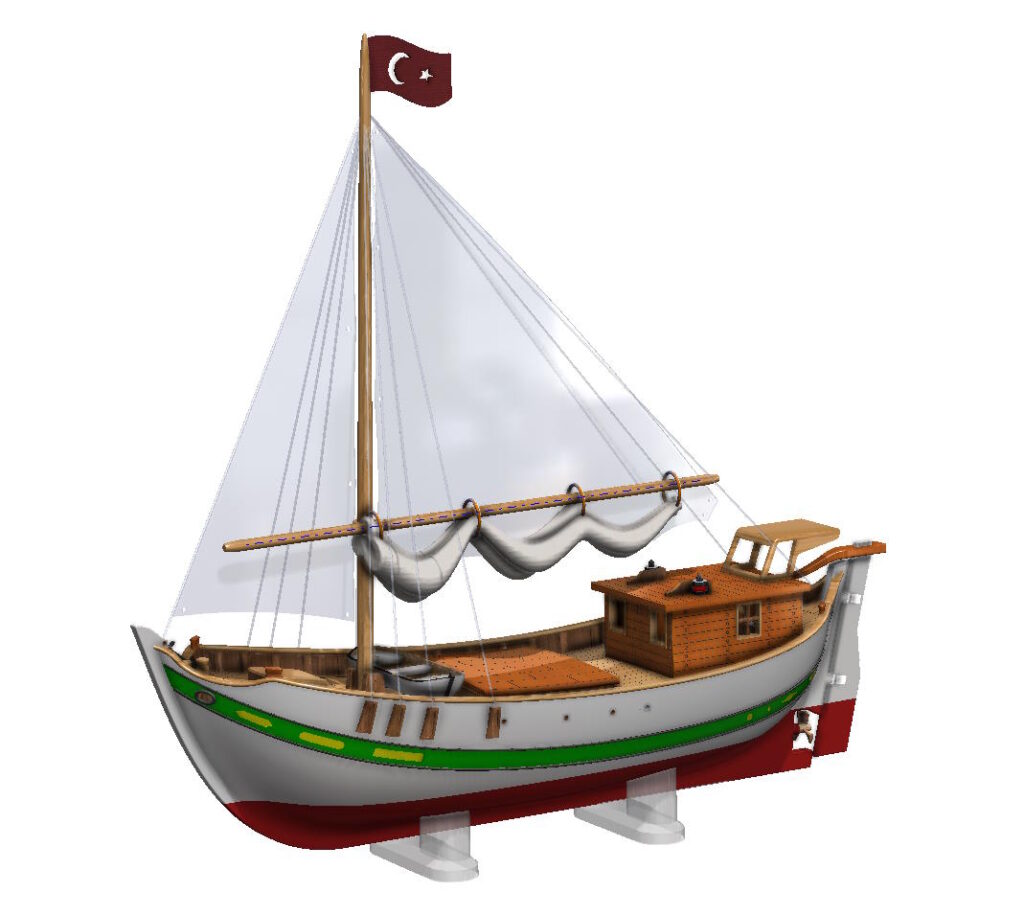
Typically spanning between 15 to 30 meters in length, the çektirme was built with speed in mind. Its narrow hull, usually around 4 to 5 meters wide, allowed it to slice through the water with minimal resistance, making it perfect for the breezy, calm waters of the Mediterranean. What really set the çektirme apart, though, was its lateen sail configuration—those iconic triangular sails mounted on tall, elegant masts. This sail setup wasn’t just for show. Lateen sails allowed the boat to tack against the wind efficiently, giving it a leg up when maneuvering through the often gusty Aegean Sea.
——> Get STL files from this link. <——- This file pack includes 38 hi-rez STL files which will enable you to build your own Çektirme of 70cms in length.
Or continue reading for more info and renderings.
Read More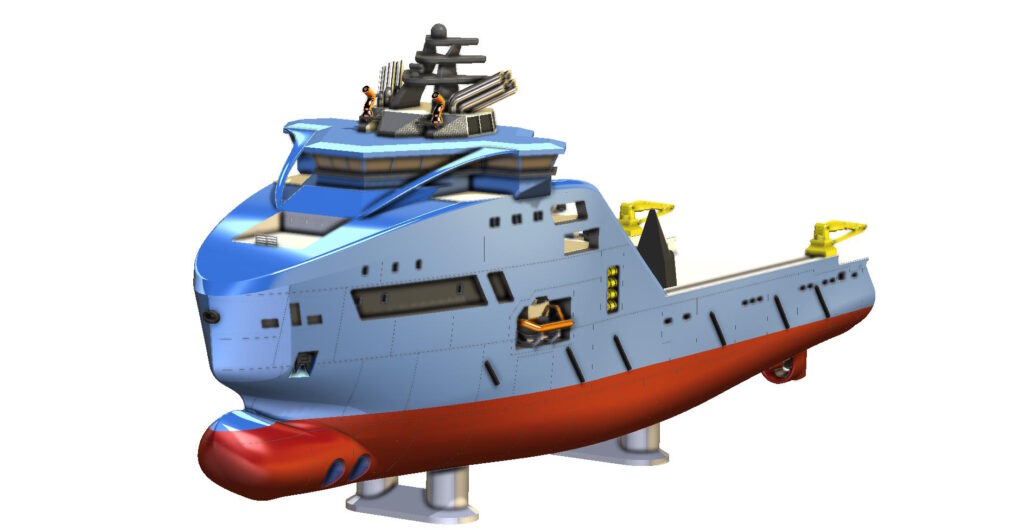

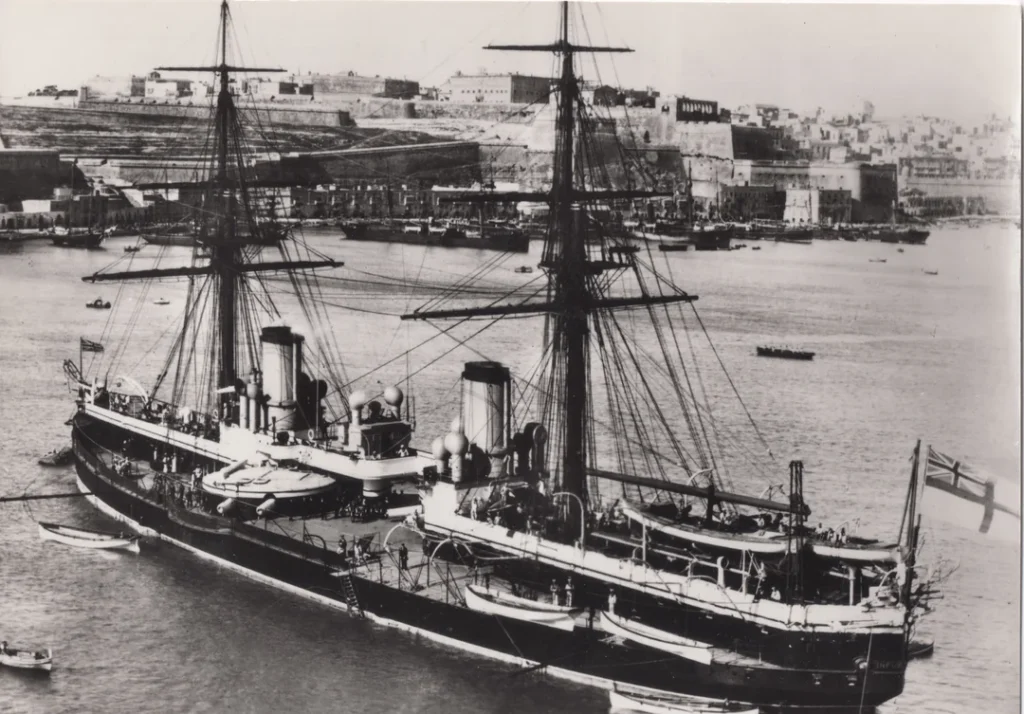

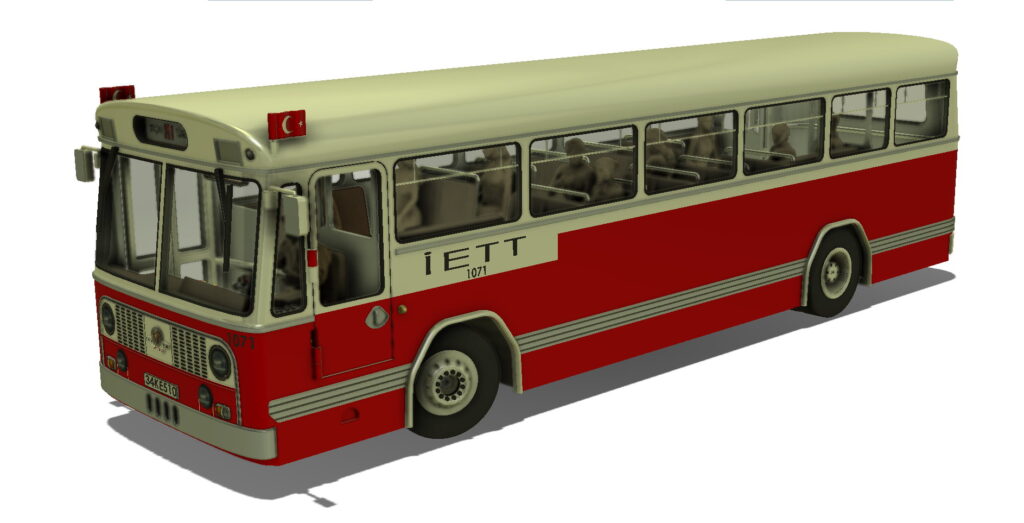
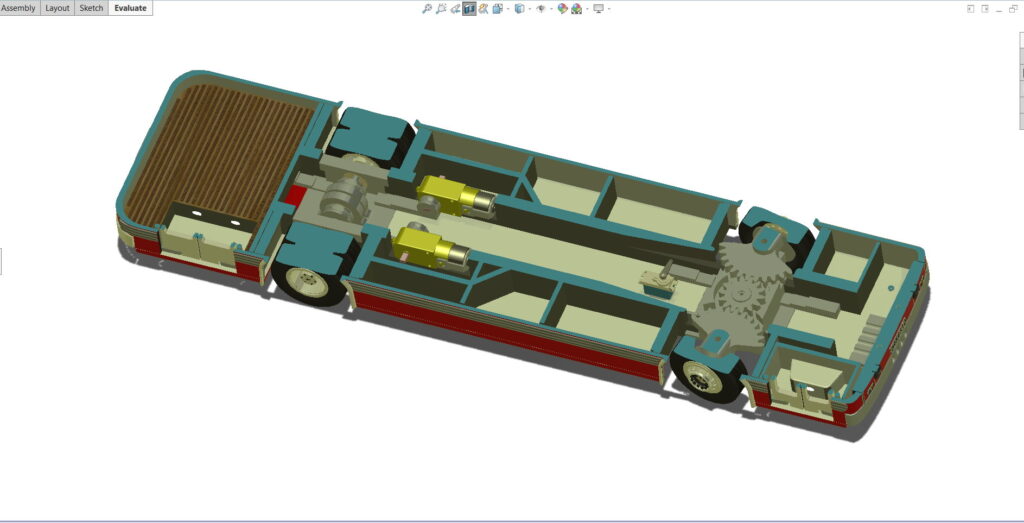
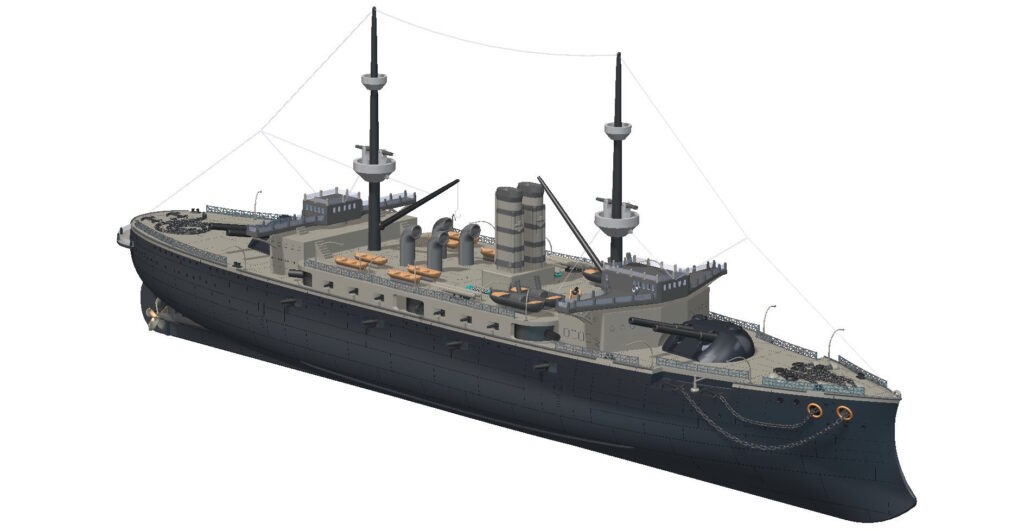
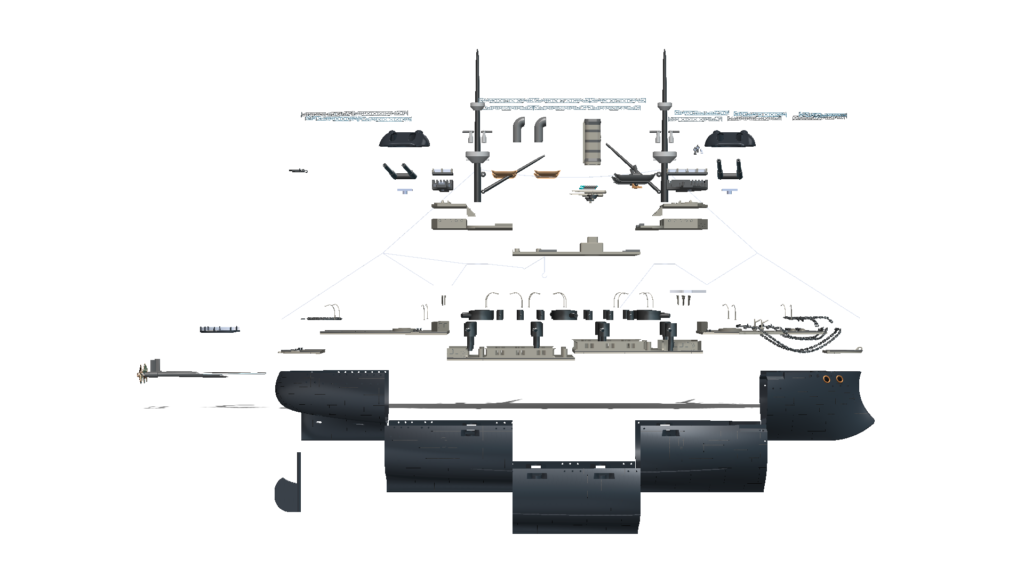

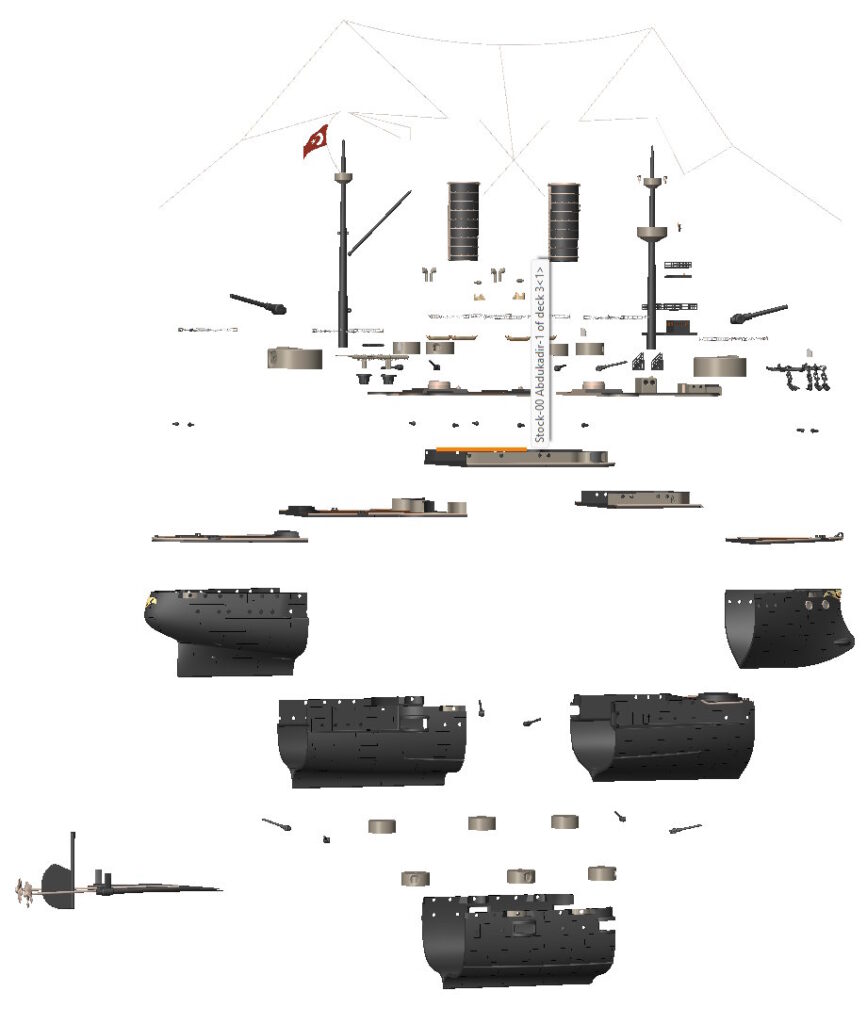
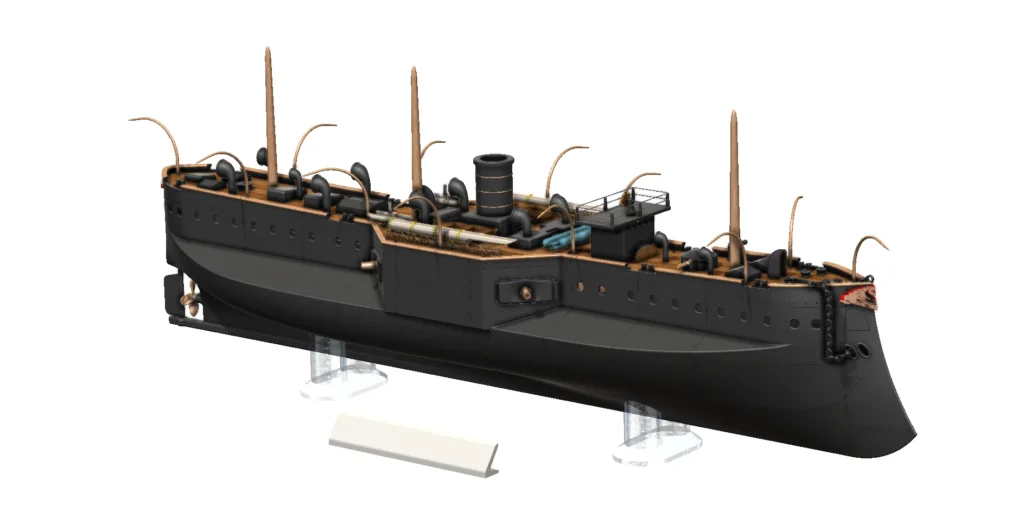
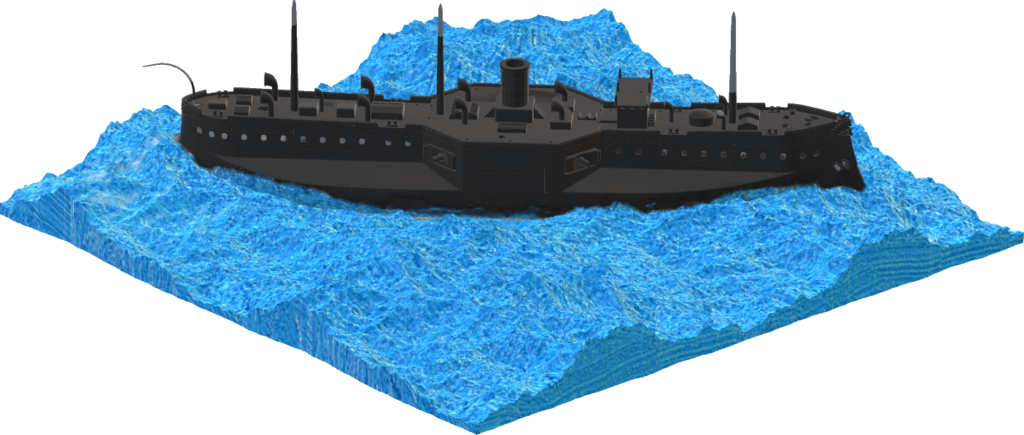
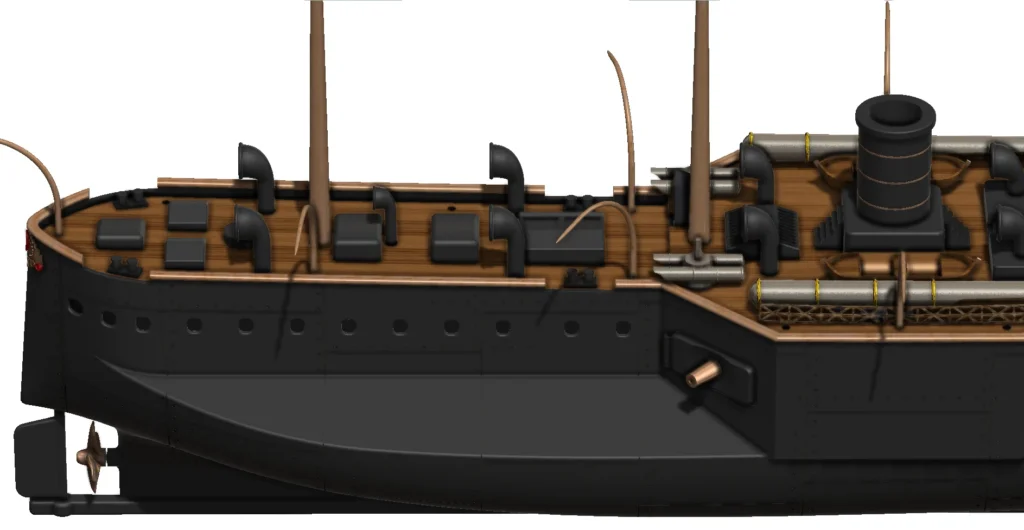
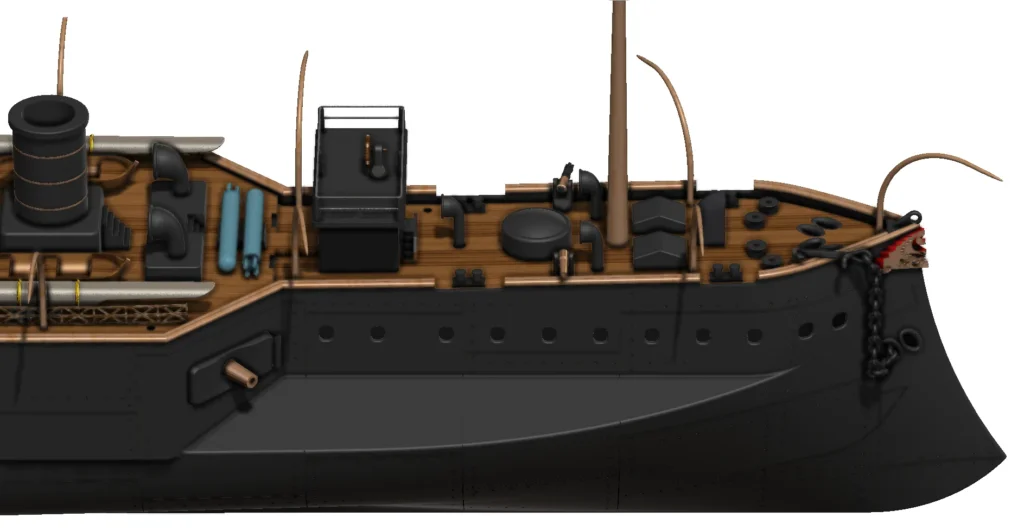
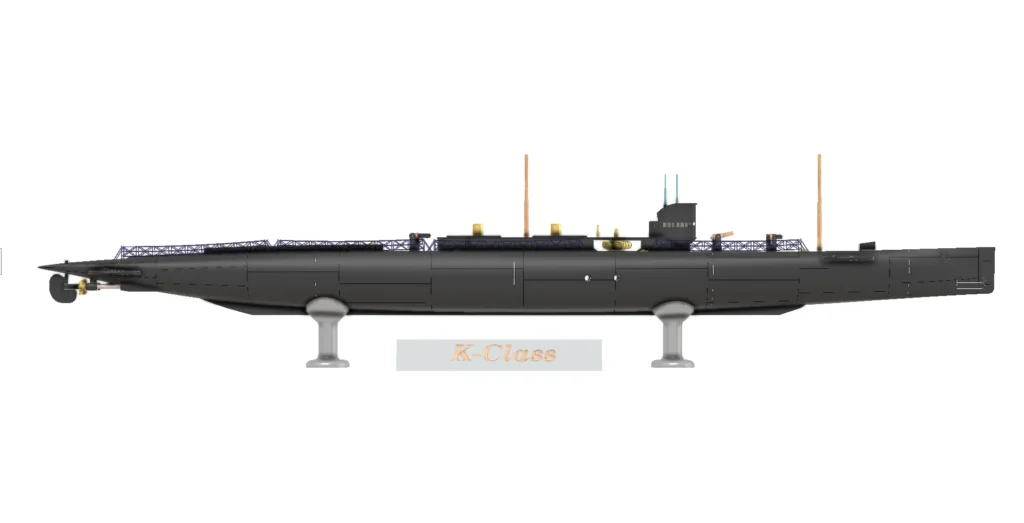
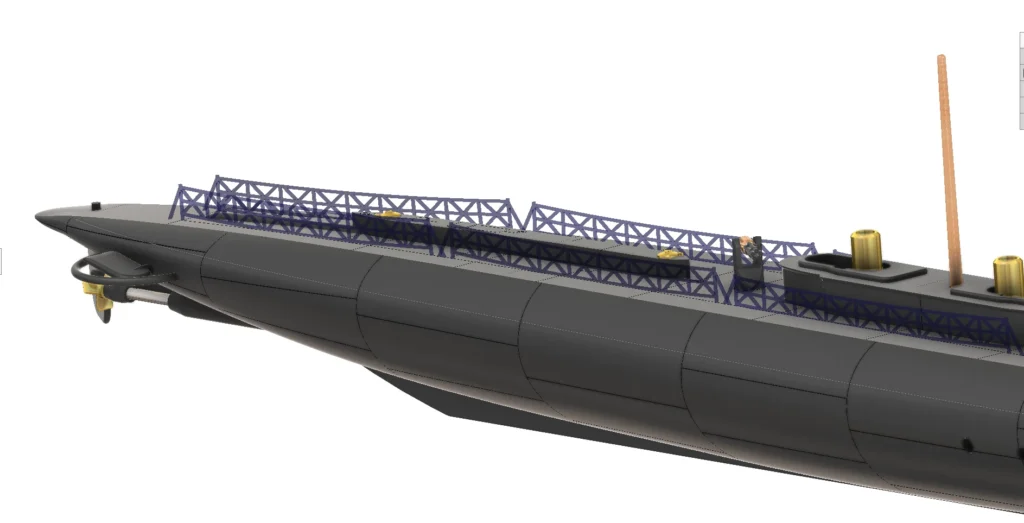
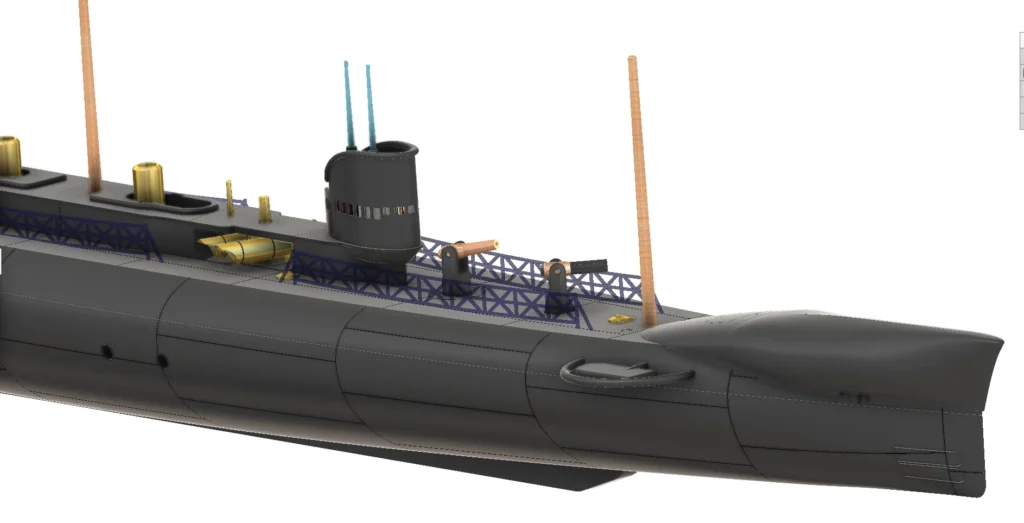
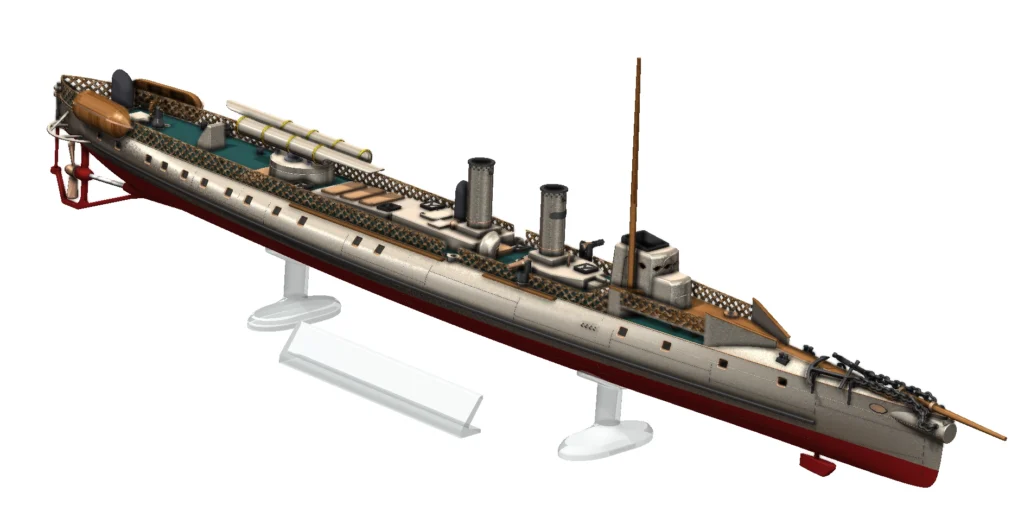






 Users Today : 19
Users Today : 19 Users Yesterday : 69
Users Yesterday : 69 Users Last 7 days : 464
Users Last 7 days : 464 Views Today : 75
Views Today : 75 Views Yesterday : 258
Views Yesterday : 258 Views Last 7 days : 1823
Views Last 7 days : 1823 Total views : 1283457
Total views : 1283457 Who's Online : 0
Who's Online : 0